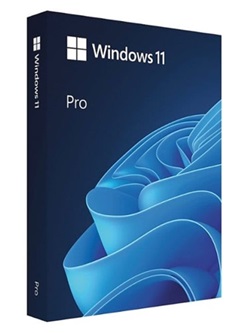Description Students who have taken our previous courses know that we like to delve into all the technology we work with, so to meet this need we develop courses in a wide series and this series of courses helps students not only understand the technology itself but also implement it with confidence at your company, preparing and missing interviews and updating your skills. This SQL series consists of 3 courses with over 30 hours of intensive training. These courses are as follows: Course 11: SQL Server 2019 Windows Server 2019 & Cluster Failure. Course 12: SQL Server 2019 Linux & Azure. Course 13: SQL Server 2019 Administration. Course Description: Before checking the course structure, we would like to add a very important note: the network and infrastructure used in this course were created in our Course 1: Windows Server 2019 Network Configuration – Microsoft Series, where we created a virtual environment for all the courses we have made so far. Why did we do this? Simply because we don’t want to waste your time by continuously creating the source virtual machine, network adapters, router and other infrastructure. We want to give you REAL TIME industry experience by integrating different technologies into one BIG NETWORK and this will enable students to apply their computer and technology skills in learning and solving problems. Now let’s discuss the course syllabus in detail. This is a SQL fundamentals course for beginners which consists of theories and LABS. This course is divided into 4 segments: Segment 1: Prepare your network to install SQL SERVER 2019 Windows Server 2019 Starting from sections 1 to 4, you will learn: – New features of SQL Server 2019 – Prerequisites for installing SQL. server 2019 over the existing network we created together in Course 1: Setting Up the Windows Server 2019 Network – Microsoft Series – First-Time Single-Instance Installation of SQL Server 2019 SQL Server Management studio 18 – Remote Access and Create Snapshots. Segment 2: Sort the Basics by Prerequisite Topics. From Section 5 to Section 9, this segment will teach you the basics of a database. As an administrator, you need to understand all the database terms to best administer the product. You will learn the basics of the following topics: Module 1: Introduction to Databases introduces the basic concepts of databases in the context of SQL Server 2019. Module 2: “Data Modeling” describes a variety of data modeling techniques. Module 3: “Normalization” introduces the concept of normalization and describes normalization and denormalization techniques. Module 4: Relationships describes the different types of relationships and their impact on database design. Module 5: Performance describes the impact of database design on performance. Module 6: “Database Objects” introduces the most commonly used database objects. ** Expect some theory that might be a bit boring. Segment 3: Let’s do a hands-on LABS and load Chapter 10 is very interesting because we have prepared a LABS (project) for you to practice all our ideas. learned together in segment 2. Segment 4: SQL Server 2019 Clustering. Starting from section 11, we will perform the following LABS A – Creating Domain Service Accounts B – Deploying Cluster 1 SQL Server 2019 Cluster Instance C – Deploying Cluster 2. SQL Server 2019 Instance D – Test SQL Server 2019 Cluster Reliability E. Migrate Database from Single SQL Server 2019 to SQL Server 2019 Cluster for High Availability. After completing this course, you will be prepared and ready to take the next course 12: SQL Server 2019 on Linux & Blue. Who should take this course: The primary audience for this course is people who are transitioning into a database role or whose role has expanded to include database technology.




 32/17
32/17